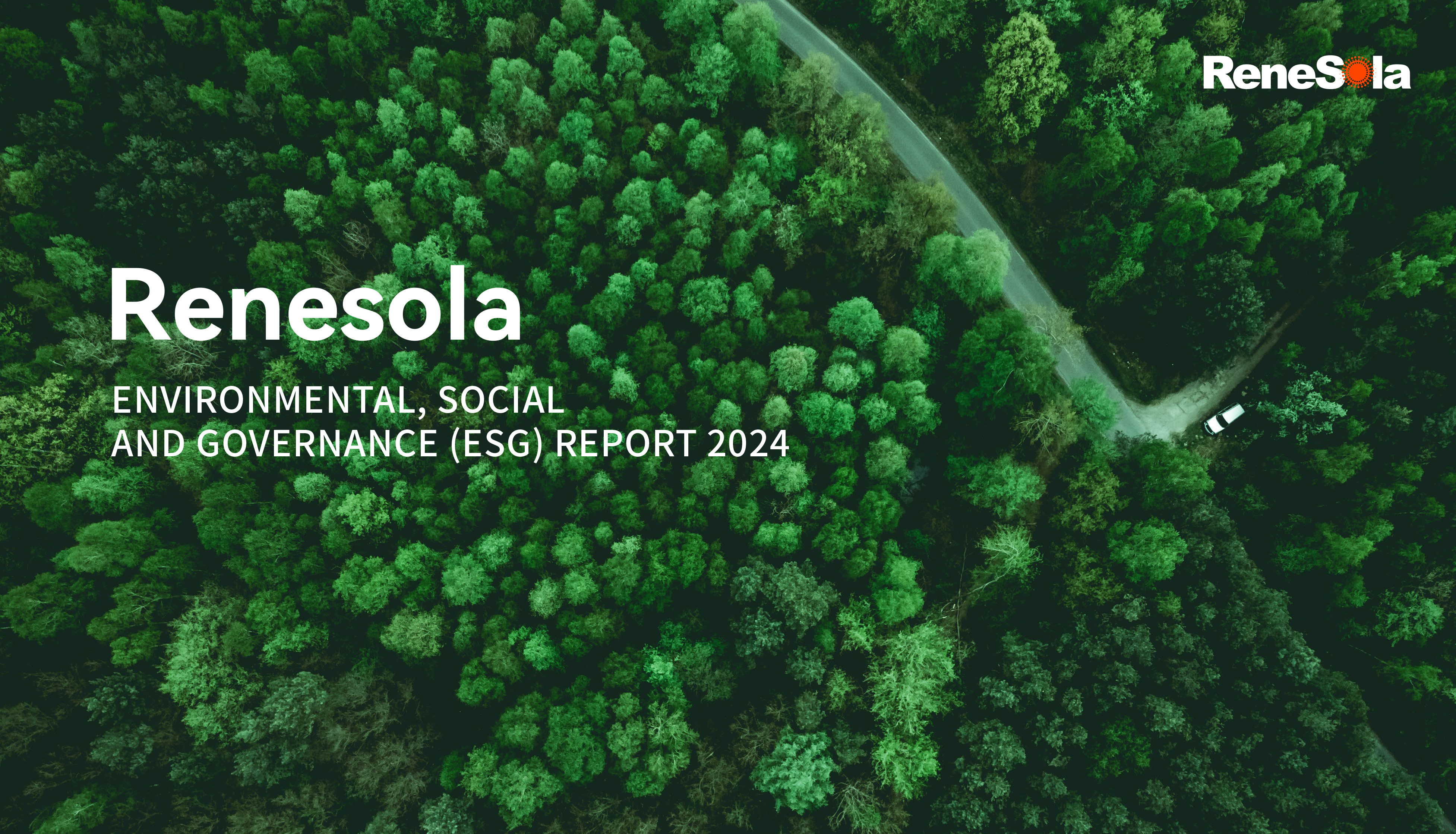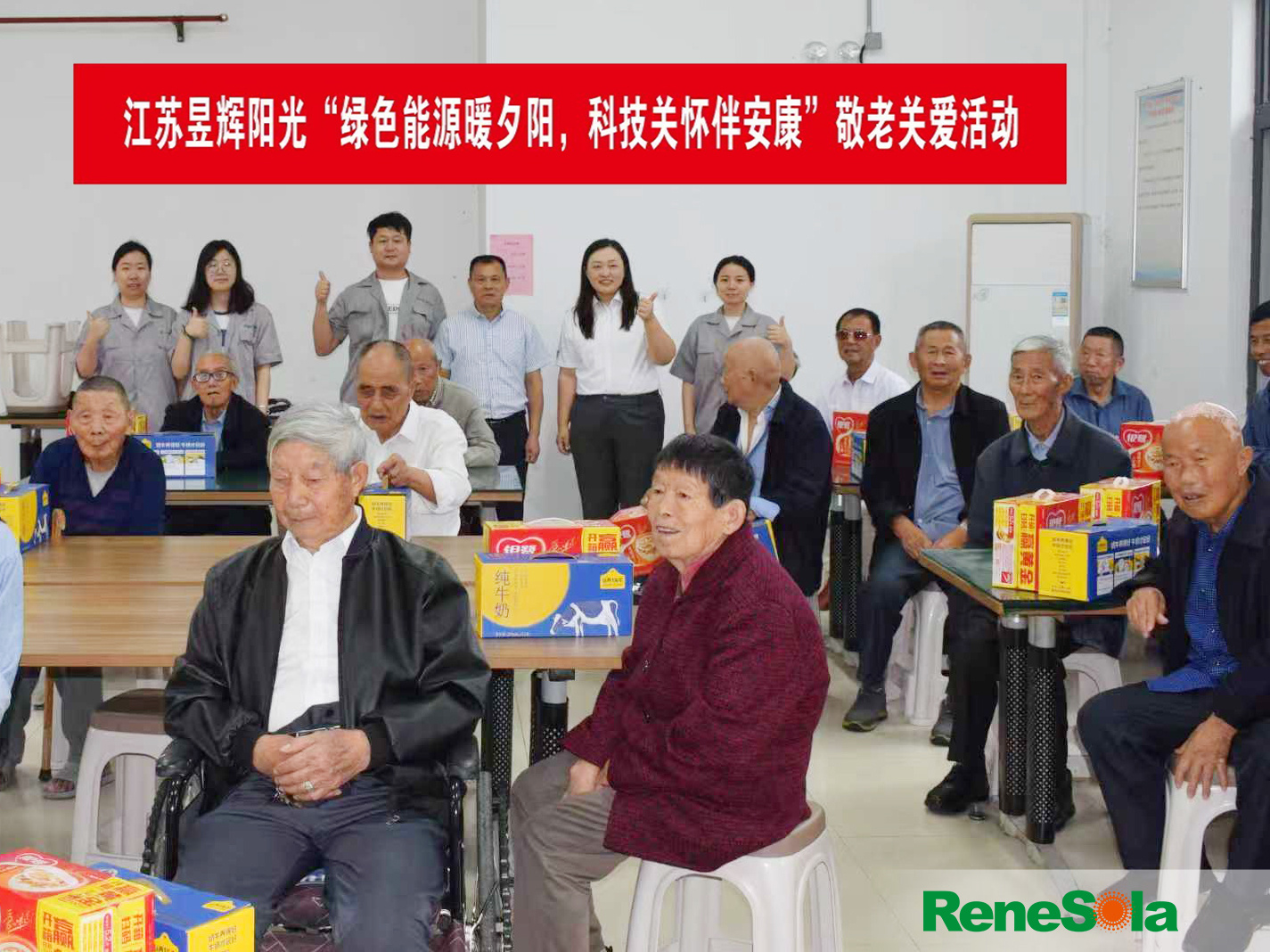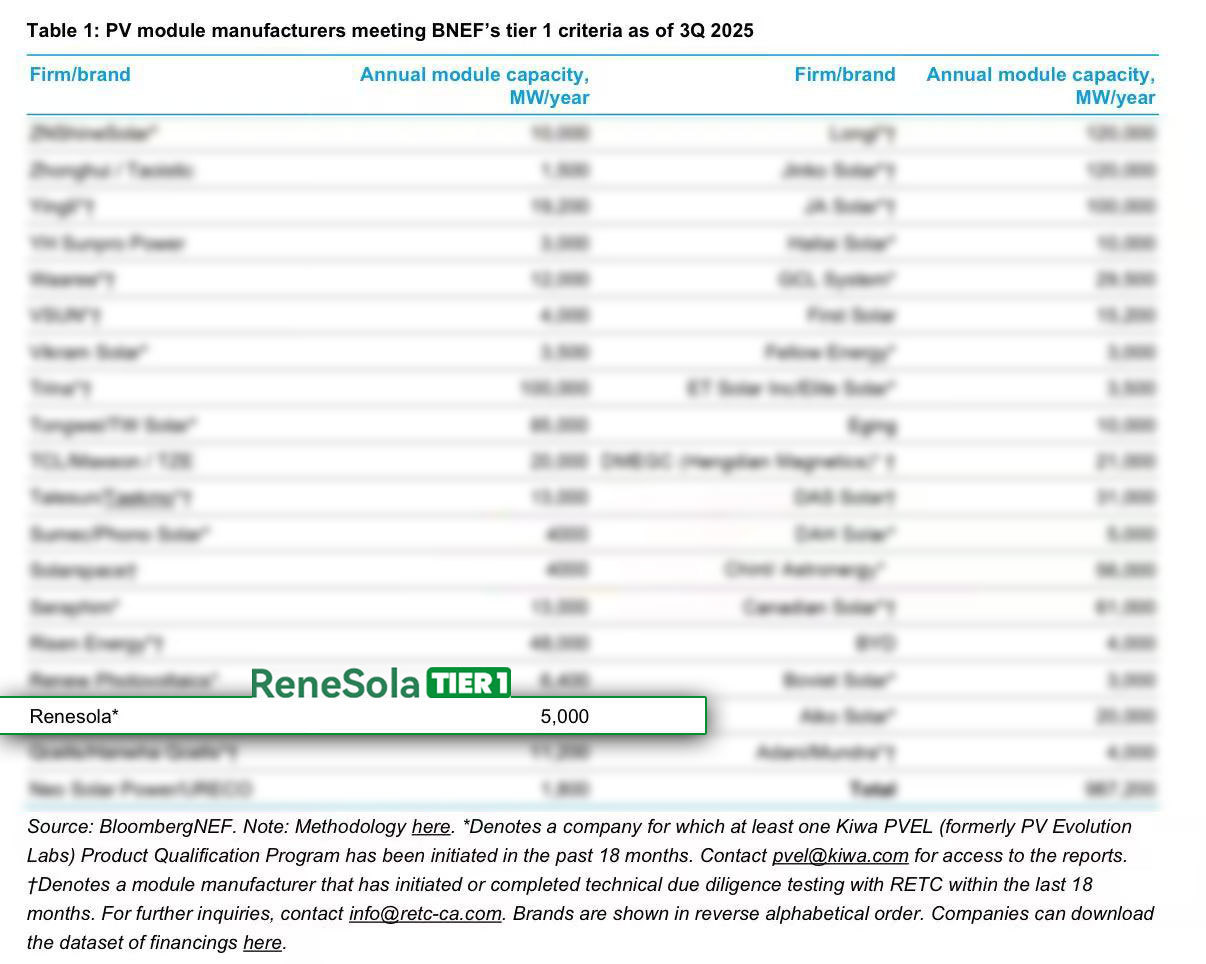News Center
2022-05-18
Academician Jiang Yi: Let buildings become energy and power producers and consumers
How to optimize the building form to install more surface photovoltaics, so that the building can be transformed from a pure energy consumer to an energy prosumer?
Transform buildings from mere energy consumers to energy producers
Interview with Jiang Yi, academician of Chinese Academy of Engineering and professor of Tsinghua University
The "14th Five-Year Plan for Modern Energy System" clearly states that the key to carbon emission reduction in the energy sector is the low-carbon transformation of energy use models. During the "14th Five-Year Plan" period, greater efforts will be made to strengthen energy conservation and carbon reduction, and strictly and reasonably control coal Consumption growth will promote the promotion of low-carbon electrification of end-use energy.
In the process of accelerating the construction of a modern energy system, the construction sector, as one of the three energy-consuming sectors of industry, transportation and construction, should accelerate the large-scale development of energy-saving and low-carbon buildings to adapt to the large-scale development of new energy and promote the formation of Green development mode and way of life? In the process of promoting the electrification and low carbonization of building energy, what key and key issues should be paid attention to in the research and promotion? Recently, a reporter from China Energy Media interviewed Jiang Jiang, an academician of the Chinese Academy of Engineering and a professor at Tsinghua University, on the above issues. 100 million.
Building a modern energy system requires a huge transformation of building functions
"In the past, from the perspective of energy saving, we proposed that passive design should be used to reduce the demand for the building body; for the electromechanical system, the efficiency should be improved through active optimization." Jiang Yi said that the construction industry is closely related to energy consumption and carbon emissions. , the promotion of energy transition and carbon neutrality has put forward new requirements for the construction industry.
"For the building body, a requirement should be added on the basis of passive design: how to optimize the building form to install more surface photovoltaics, so that the building can be transformed from a pure energy consumer to an energy producer? For electromechanical systems, then There are four requirements: comprehensive electrification to eliminate fossil energy, improve system efficiency to reduce energy consumption, advocate decentralization to avoid excess supply, and develop flexible power consumption to achieve effective consumption of wind power and photovoltaics." Jiang Yi pointed out.
The 18th Tsinghua University Building Energy Efficiency Academic Week Open Forum hosted by Tsinghua University Building Energy Conservation Research Center, where Jiang Yi is located, has just ended. This academic week focuses on "the path to achieve carbon neutrality in China's building sector and the progress of energy conservation and carbon reduction in public buildings" this topic. Jiang Yi said that from the perspective of energy intensity, public buildings are civil buildings with high energy consumption per unit area, and their energy consumption per unit area is significantly higher than other civil buildings such as urban residences and rural areas.
In fact, due to the long use time, high energy intensity, high security requirements, multiple functions and complex equipment systems of public buildings, they are also one of the types of civil buildings with high carbon emission intensity. It is in a key position in key work and mission objectives such as building energy efficiency.
"As a public building in the key field of building energy conservation, it needs to develop from strengthening the 'double control' of total energy consumption and intensity to 'double control' of the total amount and intensity of energy consumption and carbon emissions; from further energy conservation and improvement of building and system energy efficiency, It is developed to improve the flexibility and resilience of the building energy system, build a 'light storage, direct and flexible' energy system for buildings, communities, and parks, increase the utilization of renewable energy and absorb renewable electricity from the grid; from the formulation of rules, regulations and standard systems, to More scientific and strict measures; from meeting the requirements of 'energy saving by design', to establishing the whole process of energy saving and low carbon management system of project establishment, planning, design, bidding and tendering, installation and construction, adjustment and acceptance, and continuous operation, maintenance and update, as soon as possible and substantially Reduce the carbon emission intensity of various public buildings." Jiang Yi pointed out the transformation direction of public buildings from four aspects.
Full DC Building - Datong Future Energy Museum: The future energy museum has a construction area of about 29,000 square meters and an exhibition area of about 18,000 square meters, including three floors above ground and one underground floor. , Energy Revolution Demonstration Hall, Energy Science Education Hall, Energy Life Experience Hall, and Energy Technology Exhibition Hall. It is also a comprehensive exhibition hall of "six halls in one". It is also a large-scale passive building with ultra-low energy consumption in China. and results.
Under the "double carbon" goal, "light storage, direct and flexible" will become an important supporting technology
How to improve building energy efficiency, reduce building energy consumption, and further use renewable energy to offset building energy consumption? The "Circular of the State Council on Printing and Distributing the Action Plan for Carbon Peaking Before 2030" clearly defines the "carbon peaking action for urban and rural construction". The terminal electrification level is to build a "photovoltaic storage, direct and flexible" building that integrates photovoltaic power generation, energy storage, DC power distribution, and flexible power consumption.
"Light, storage, direct and flexible" is the abbreviation for the application of photovoltaic power generation, energy storage, DC power distribution and flexible energy use in the field of construction. Realize the friendly interaction between the building and the grid.
"The 'optical storage, direct and flexible' building power distribution system will become an important supporting technology for buildings and related departments to achieve the 'dual-carbon' goal." Jiang Yi once explained the application of zero-carbon energy systems in the Beijing sub-center, and suggested that Beijing Tongzhou New District promotes urban buildings to adopt the method of "light storage, direct flexibility" + orderly charging.
Jiang Yi calculated an account for the reporter. An office building of 10,000 square meters, plus 100 charging piles, connected to 100 cars, can probably consume 1 megawatt of photovoltaics from itself or the outside world. If 60%-70% of office buildings and about 40% of residential buildings are changed to "light storage, direct and flexible", it can basically solve the problem of wind power consumption in Tongzhou.
"'Solar-Storage-Zhi-Rou' buildings can only run on zero-carbon electricity. Assume that Tongzhou's buildings are all Solar-Storage-Zhi-Rou buildings, and there is a large wind and solar base in the distance. Submit the next day's total electricity consumption to the wind and solar base every night. and load power consumption curve, the control center obtains the change of wind power photovoltaic according to the weather forecast, and determines the power consumption curve of each building on the second day so that the wind power and photovoltaic can be effectively absorbed, and at the same time, the energy storage adjustment amount of each building is minimized. If the building is adjusted strictly according to the required electricity consumption curve, the building can achieve zero-carbon electricity consumption.” Jiang Yi assumed.
In fact, the demand-side response compensation policies and demonstrations introduced by Jiangsu, Zhejiang, Shanghai, Guangdong and other provinces and cities will promote the development of flexible building energy technology. Taking Guangdong Province as an example, in November 2020, the Guangdong Energy Bureau and the Southern Energy Regulatory Bureau issued the "Letter on Requesting Comments on Documents such as the "Guangdong Electricity Market Capacity Compensation Management Measures (for Trial Implementation, Draft for Comment)", pointing out that user-side energy storage , electric vehicles, charging piles and other resources with load regulation capabilities can participate as market entities. In the initial stage, independent energy storage and power generation side energy storage are not included in the scope of market transactions.
Jiang Yi said that the continuous increase in the compensation amount for demand-side response and the gradual participation of more and more market players in the auxiliary services of the power market will promote the application of building flexible energy technology in a wider range.
"Buildings will be transformed from pure energy users to a complex integrating energy production, consumption, regulation and storage, and realize the transformation from pure energy consumers and rigid energy consumption to deep participation in the construction, regulation and flexible load of low-carbon energy systems. transformation and become an important part of the future low-carbon energy system.”
We believe that, as stated in the just-released "China Building Energy Conservation Annual Development Research Report 2022 (Special Issue on Public Buildings)", in the modern energy system, every room and every building near human beings will be in the "one call" An important change has been achieved in one suction.
Source: China Electric Power News
Note: The prosumer or productive consumer is a concept coined by Alvin Toffler in 1980. After the word was born, although it was highly praised by Professor Kotler, the world marketing master, it received little response. Since the 21st century, the concept of prosumers has attracted the attention of academic circles again.
In March 2009, a number of international scholars gathered at the Goethe University in Germany to attend a seminar on "Revisiting Prosumers", and subsequently published a collection of essays with the same name, but the term did not become popular because of this. In 2013, the annual report on photovoltaic applications released by the International Energy Agency introduced the concept of prosumer for the first time to define the distributed photovoltaic users who both consume and produce electricity, and it has continued to this day. Distributed photovoltaic users use idle roofs and other resources to install photovoltaic systems, establish photovoltaic power stations, and participate in all power production activities. By.
With the soaring of international photovoltaic installed capacity, the concept of distributed photovoltaic prosumer quickly became popular and became a common term in the international literature of distributed energy. In addition, the concept and wave of sharing economy or sharing economy, which started around 2008 and emerged in 2013, strongly boosted the influence of the concept of prosumers. After all, the subjects of the sharing economy are often called prosumers.
In recent years, prosumers have become an important topic in international literature, and prosumers are even more popular in distributed photovoltaics and sharing economy literature, and prosumers are becoming a new research hotspot.
Related News

Awarded as quality stable & reliable brand for continuously 15 years by clients both domes-tic and overseas
Contact Information
 sales.cn@renesola-energy.com
sales.cn@renesola-energy.com
 service@renesola-energy.com
service@renesola-energy.com
 0086-519-85951588
0086-519-85951588
 http://www.renesola-energy.com
http://www.renesola-energy.com
 No.5 fuqiang road, Xuejia town, Xinbei district, Changzhou city
No.5 fuqiang road, Xuejia town, Xinbei district, Changzhou city
Copyright © 2022 Copyright © 2022 RENESOLA. All Rights Reserved. 苏ICP备2022018723号-1 Powered by:www.300.cn SEO

 Language
Language 







 sales.cn@renesola-energy.com
sales.cn@renesola-energy.com 

 Message
Message 